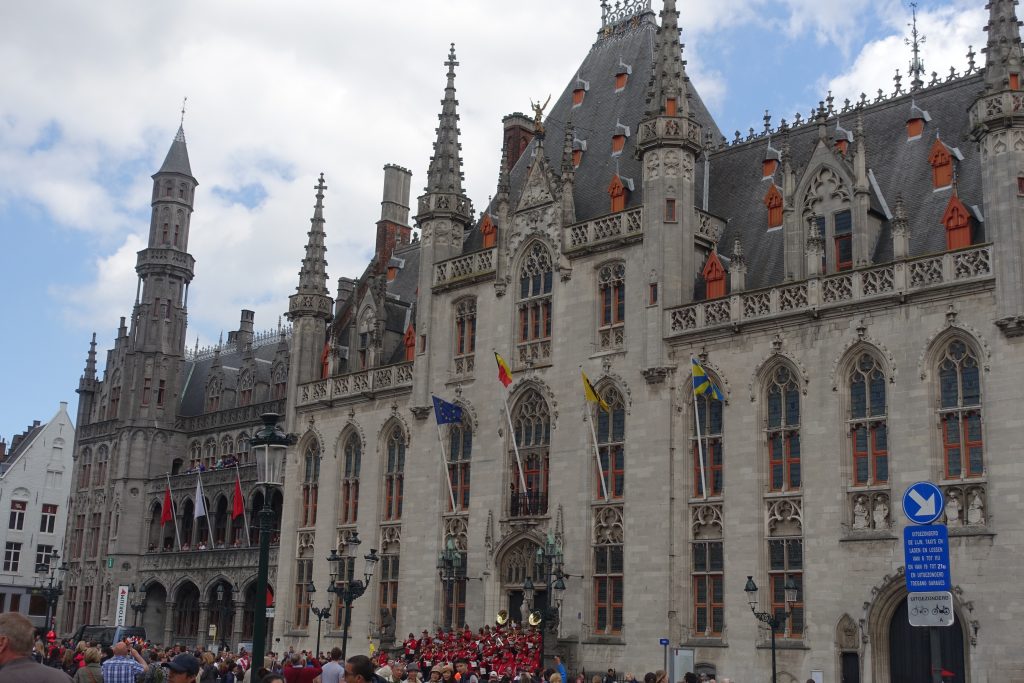Three hours north of Paris, on the continent’s edge and the curb of the English Channel sits Bruges, Belgium. This charming gem of a town may be known by Americans mostly as that place that Colin Farrell did that movie. But there’s so much more to the idyllic village of just over 100,000 people, even if you’ve only got about as much time as a Hollywood film to experience it. Here’s the seven coolest things you’ll discover in one afternoon in Bruges.

1. Canals, Canals and Swans, Oh My!
As central to the city’s landscape as they are to Venice’s, canals run through the heart of the town, uniting bridges and waterside architecture along the way. A boat ride from any number of stops will loop the city in under one hour. And, as a special surprise, you will spot swans all along the canal system. Swans are said to have become a local mainstay thanks to King Maximilan I of Hapsburg who saw the long necked animals as homage to his friend and advisor who was beheaded during political strife.

2. So that’s what a belfry is
The impressive Belfry of Bruges stands authoritatively at the center of the city’s Markt square. Dating to 1240, the monument once housed the treasury and today its bells still ring out, including several from the 1700s.

3. With fries like these
Belgium is known for waffles and fries. These fries are twice fried to be crispy outside and soft inside, served with a gross-slash-delicious combination of mayo and ketchup sauce.

4. Michelangelo
In the Notre Dame church sits a marble sculpture of Mary with the Child Jesus by Michelangelo called the Madonna of Bruges. I write about it even though I’m sad to say I didn’t see it. I arrived at the church 15 minutes too late. Don’t make the same mistake!

5. Flanders
Geography alert! I’m well educated so I hate to confess that until I visited Bruges, I had no idea that northern Belgium is really a region called Flanders, where the official language is Dutch (Flemish) and a unique local government operates.

6. Begijnenhuisje
Say that fast three times. It’s a little easier to pronounce the English translation: Beguines. In Bruges is a historical compound where a group of women called the Beguines lived in the 17th century. At a time when women were either nuns or wives, the Beguines formed a religious colony focused on female self-sufficiency away from a male guardian. Incredibly progressive for its time and amazing to see still standing in 2017.

7. Basilica of the Holy Blood
The 12th century church feels like the proverbial hole in the wall, scrunched in between other buildings and accessible through a set of short cut passageways. The dark interior, dominated by carved wood and shock-red stained glass, makes for a sombre environment, perfect for contemplation.


